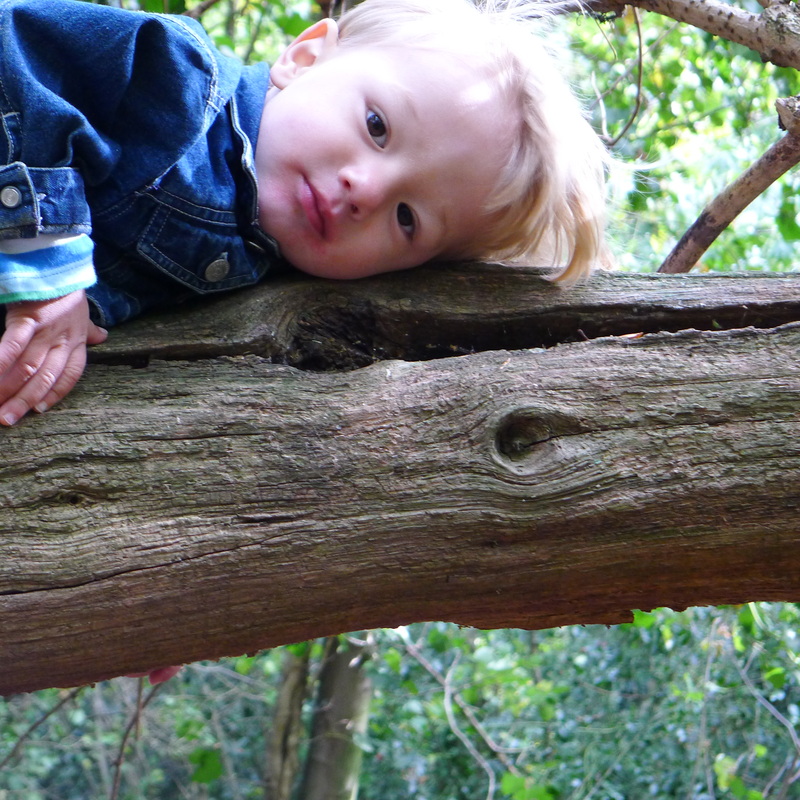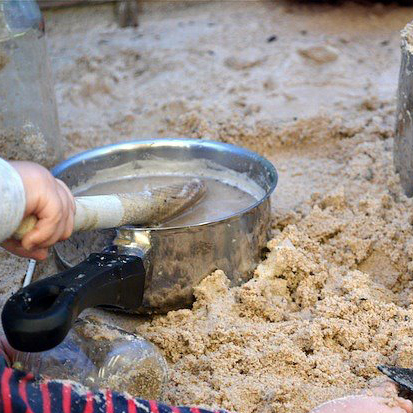|
Written by Clare Caro Schemas in Children’s Play are such an important concept when it comes to the development of our children that it’s worth taking the time to understand them so you can facilitate them when you see them. What are these schemas? Well it’s really a fancy word for the urges that children have to do things like climb, throw things and hide in small places. They appear through play; perhaps it is the way they choose to do things, or what they desperately need to do out of the blue! Here are ten of these natural play-urges mapped out in a list, they can come one at a time, in bunches, some are super strong and last for ages... each child is different. They are the building blocks for the brain, repeated behaviour that in turn forge connections in the brain, patterns of unfolding, learning and growth. Schemas are such an important part in every child's development that they are covered in training for anyone in the business of care and education of young children - yet not too many parents seem to know about these natural, uncontrollable and totally necessary play-urges that all children have. Knowing about these play-urges can help us to understand why our children are so determined to do certain things that we might not understand. If we have no idea about the way in which a child exhibits signs of brain development, then we might actually think that the child is being 'difficult' or even try to stop the developmental urges themselves. By knowing about these schemas we can recognise and support their urges and development.
Bringing It All Together
After looking at each schema individually to get to grips with what each 'urge' is all about we may already be able to recognise some of the different ways they can appear in your child. Rotation, Trajectory, Enveloping, Orientation, Positioning, Connection, Enclosure/Container, Transporting and Transformation are urges that show in all children starting as early as their first birthday, some times before. How Can Knowing About These Urges Help Us? As a parent, one of the best things about having an understanding of these urges is that we are able to recognise and support them in our children as soon as we see them. Sometimes they will come through as what we might once have seen as 'inappropriate behaviour' such as throwing objects in enclosed spaces or climbing on the table. When we observe the behaviour and recognise the play-urge we are able to redirect it, your child will be happy to throw something outside where it is okay, or climb a tree instead! Its not about the action, its about the urge. If the action is dangerous, harmful or inappropriate then find a more suitable outlet for the urge. That way the energy seeking expression (the urge) can fulfill its role in your child's development, and in an acceptable way. If you found this useful, you might like these... Five Easy Steps for the Observer and The Adult Role in Child-led Play. Thank you Jannelle Preston for the use of the acorn image to show Transporting. Thank you Kylie D'Alton at How We Montessori for the use of the mixing pot image to show Transformation. ...take me back to the A R T I C L E S menu. |
|
Copyright © 2024 Nature Play
|










 RSS Feed
RSS Feed